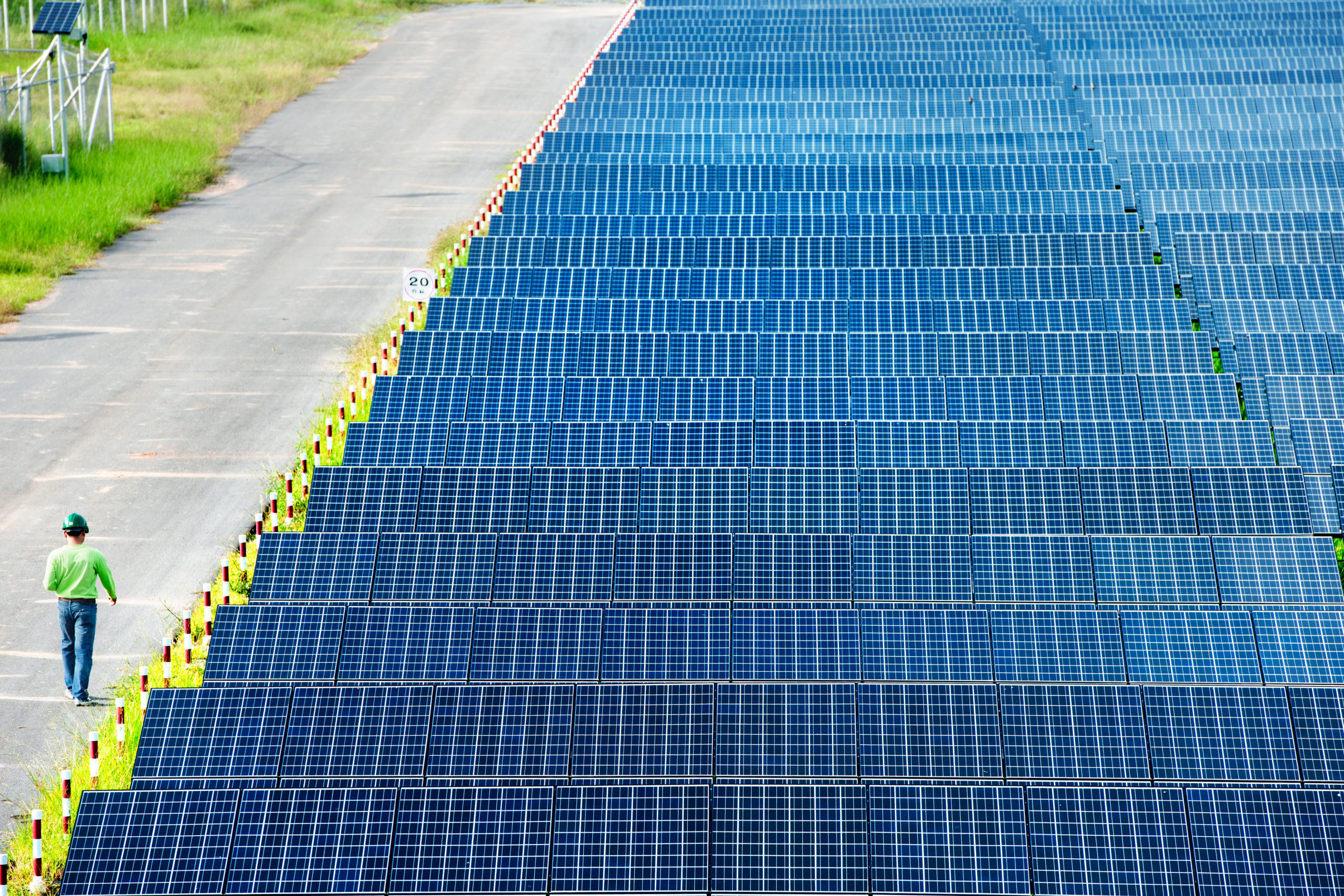The amount of voltage or electricity a panel produces is a little complicated because there is no set amount. In short, it really depends on the size of the panel, the efficiency of each solar cell within the panel, and how much sunlight your panel is exposed to. The following are some points that should help you understand the voltage power your panels are going to produce.
A Look at Size
As mentioned earlier, one major aspect of a panel that determines its power output is the size. Most residential solar panels are about five and a half feet in height and three feet in width.
In a typical panel size like this one, you are normally going to find around 60 solar cells. The reason the size of the your panel makes a difference is because you can fit more solar cells in a large panel. This obviously creates a lot more power, and it is one way you can figure out how much voltage each panel is making for you.
Efficiency Makes a Difference
The overall efficiency of a panel simply tells you that a particular panel can convert sunlight to electricity optimally. There are some panels that are able to make more available electricity than others, which is why quality matters when it comes to panels.
The truth is that efficiency has come a long way; back in the 1950’s a panel was only able to take in about six percent of the energy it got from the sun. Apply that percentage to a panel made up of 60 cells, and you would end up getting about 20 watts of electricity; you need 60 watts to power up a light bulb.
At the moment, some of the most effective panels can give you 23 percent efficiency though the average panel gives you around 18.7 percent. The typical panel is probably going to be able to create around 320 watts of power. That is definitely enough to make you feel a little more comfortable using panels to power up your home.
Sunlight Really Makes It
The next thing that determines how much power you end up getting from your panels is how much sunlight you get. There is no way you are going to escape the sun, but that does not mean sunlight doesn’t vary depending on the region where you live. It might be a good idea to determine the amount of sunlight you get using a sunlight calculator available online.
Then, you want to make sure you install your panels in the best possible location. Determine which side of your home gets the most sunlight, and make sure your panels are facing that way.
It should also be pointed out that the roof is perhaps one of the best locations for your panels. Those with trees may want to make sure you have them removed or altered to ensure they do not shade your panels too much.
Hopefully, some of this information makes it easier for you to understand how solar panels work and how they can be used to power your home while reducing your electric bill.







